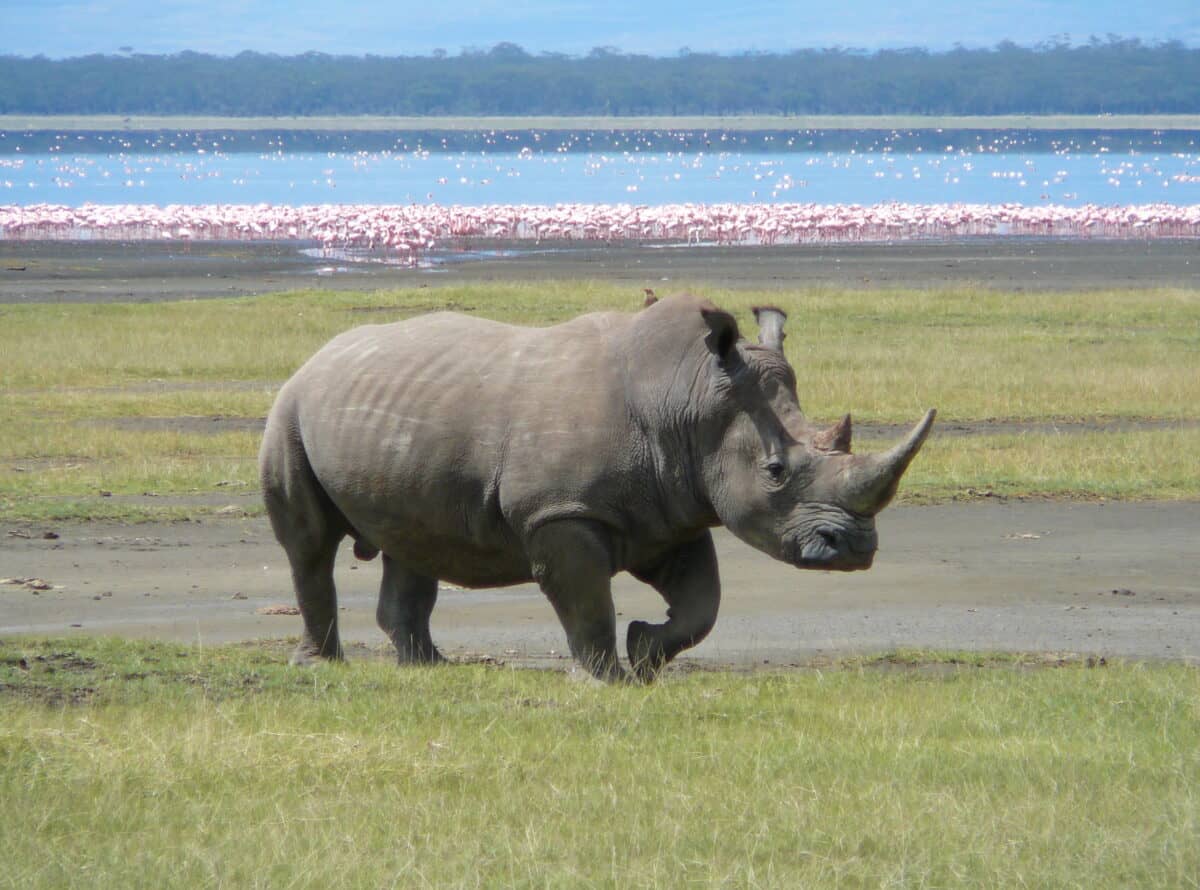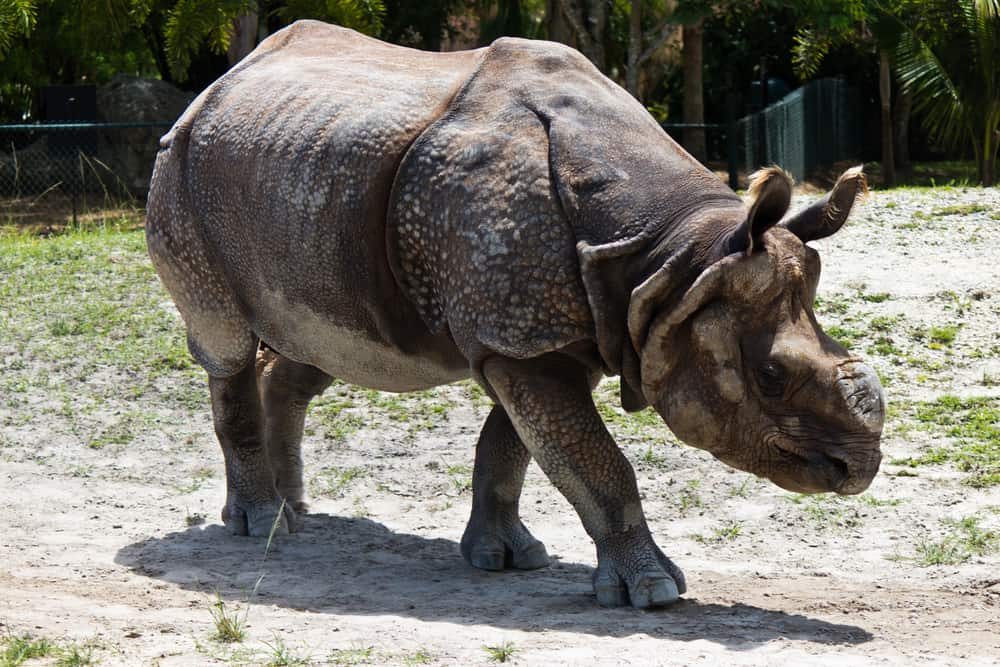The Javan Rhino is a species shrouded in mystery and peril. Known for being elusive, these solitary giants inhabit dense rainforests and are among the most endangered mammals on the planet. With only an estimated 75 individuals remaining, all confined to Ujung Kulon National Park in Indonesia, the fight to save the Javan Rhino is both urgent and challenging. This article explores the ecology of this unique species, the threats it faces, and the concerted efforts required to ensure its survival.
Understanding the Javan Rhino’s Ecology

Weighing between 900 to 2,300 kilograms and standing about 1.5 meters high at the shoulder, the Javan Rhino is the most diminutive of the rhino species. Despite its hefty size, it is notoriously difficult to spot due to its solitary nature and dense habitat. These rhinos are browsers, feeding mainly on various plant species, including shoots, twigs, young foliage, and fruit. Their diet is an integral part of the forest ecosystems they inhabit, contributing to the control of vegetation and forest dynamics.
The Javan Rhino is also distinguished by its unique physical appearance. Unlike their African cousins, Javan Rhinos have a single horn, which can grow up to 25 centimeters long, though it is often shorter in females. Their thick gray skin forms distinct loose folds, giving the impression of armor plating.
Threats Facing the Javan Rhino

The decline of the Javan Rhino is attributed to several critical threats. Historically, extensive poaching for their horns significantly dwindled their numbers. Today, while poaching remains a concern, habitat loss and fragmentation pose the greatest risks. Rapid deforestation for agriculture and development has constricted their habitat, limiting their range and available resources.
Additionally, the small population size presents inherent risks. With so few individuals, genetic diversity is alarmingly low, increasing the species’ vulnerability to disease outbreaks and genetic abnormalities. Natural disasters such as tsunamis and volcanic eruptions, given the proximity of Ujung Kulon to the Krakatoa volcano, pose another existential threat.
Conservation Efforts and Strategies

The concentrated effort to save the Javan Rhino remains a beacon of hope amid these challenges. The government of Indonesia, alongside various international conservation organizations, employs a multi-faceted approach to conservation. Legal protection is paramount, with Ujung Kulon designated as a national park offering refuge for the species.
Conservation initiatives focus on habitat management, including invasive species removal and habitat restoration, to improve resources within the park. Programs to plant native vegetation not only sustain the rhinos but also enrich biodiversity—an essential factor for a resilient ecosystem.
Monitoring these reclusive creatures is another critical component. Researchers use camera traps and fecal sampling for DNA analysis to understand population dynamics, behavior, and health. This data is crucial for making informed management decisions and tailoring conservation strategies.
Community Involvement and Education

Engaging local communities plays a pivotal role in the conservation of the Javan Rhino. Efforts to raise awareness and educate those living near Ujung Kulon about the importance of wildlife conservation can lead to significant benefits. Programs aimed at sustainable economic development help reduce reliance on land-expanding activities that threaten rhino habitats.
Community patrols and eco-tourism initiatives have been established to deter poachers and provide alternative employment opportunities, creating symbiotic relationships where both people and wildlife thrive.
The Road Ahead Challenges and Hope

While challenges remain daunting, the concerted global efforts provide a glimmer of hope for the Javan Rhino’s future. The species’ fate underscores the broader implications of conservation, reflecting our planet’s vibrant yet fragile biodiversity. Saving the Javan Rhino is not only about preventing the extinction of a species but also about maintaining ecological balance and resilience.
To succeed, ongoing collaboration between governments, conservationists, researchers, and local communities is essential. With continued commitment and innovation, there remains a chance to secure a sanctuary for these elusive giants and for future generations to marvel at their existence.
- 11 Signs Your Horse Might Be Bored - August 9, 2025
- Jurassic World Dominion Dinosaurs - August 9, 2025
- 11 Signs a Rhino Is About to Charge - August 9, 2025

